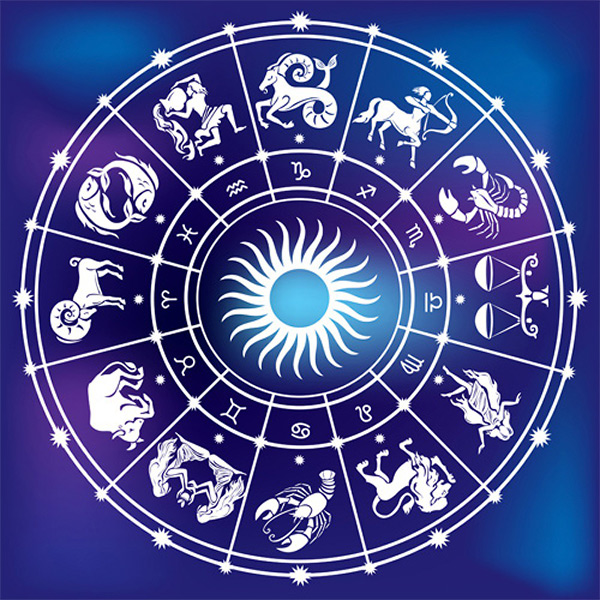
In Vedic astrology, the Nakshatras, or lunar constellations, play a crucial role in providing a deeper and more nuanced understanding of an individual’s birth chart. While the twelve zodiac signs offer a broad framework for astrological analysis, the Nakshatras are considered to add a layer of precision, offering insight into the inner workings of the For Vedic Astrology psyche, emotions, and life path. There are a total of 27 Nakshatras in the Vedic system, each corresponding to a specific segment of the zodiac. These constellations provide detailed information about a person’s character traits, potential life experiences, and spiritual journey, often shedding light on aspects of the personality that are not immediately apparent from the signs alone.
Each Nakshatra spans 13 degrees and 20 minutes of the zodiac, and they are considered to represent various stages of the Moon’s journey around the Earth. As the Moon passes through each Nakshatra, it imbibes the qualities associated with that particular constellation, influencing an individual’s emotional and mental tendencies. The Moon is the most important planet in Vedic astrology for understanding the emotional nature of a person, and its placement in a Nakshatra provides vital information about how someone reacts to different situations, their innate desires, and their overall emotional disposition. This is why Nakshatras are often given more importance than the Sun sign when analyzing an individual’s emotional well-being.
Each Nakshatra is associated with a particular ruling planet and a set of attributes, both positive and negative. These influences are reflected in the person’s temperament, behavior, and life experiences. For example, the Nakshatra of Ashwini, ruled by Ketu, is known for its energetic, adventurous, and healing qualities. People born under this Nakshatra tend to be quick thinkers, enthusiastic, and have a strong desire to serve others. Conversely, the Nakshatra of Moola, ruled by Nirriti, is known for its transformative, intense, and sometimes disruptive energy. Individuals born under this Nakshatra may experience deep spiritual upheavals or challenges in their lives, but these are often catalysts for growth and personal transformation. Thus, understanding the specific Nakshatra in which the Moon is placed during birth provides a more intricate look at one’s emotional nature and how they may experience the world.
In addition to their influence on the Moon’s position, Nakshatras also affect the ascendant, or the rising sign, which represents the outward personality or how one is perceived by the world. The Nakshatra of the ascendant can reveal how an individual interacts with others, the way they present themselves, and the general impression they leave on people. For example, someone with their ascendant in the Nakshatra of Bharani may come across as bold, determined, and sometimes forceful, while someone with an ascendant in the Nakshatra of Revati may be perceived as gentle, compassionate, and spiritually inclined. This deeper layer of understanding adds a rich complexity to one’s personality and how they navigate their external world.
The Nakshatras also play an integral role in Vedic astrology’s predictive techniques, especially when it comes to the dasha system. Each Nakshatra is linked to a particular planet, and the planetary periods, known as dashas, will influence an individual differently depending on which Nakshatra the Moon is placed in at the time of their birth. For example, a person undergoing the Rahu dasha might experience a more intense, restless, and transformative period if they are born under a Nakshatra ruled by Rahu, such as Ardra or Swati. Similarly, a Jupiter dasha might be a time of spiritual expansion and wisdom for those born under the Nakshatras ruled by Jupiter, such as Punarvasu or Vishakha. The Nakshatras offer a timing mechanism that helps to forecast life events and phases of personal growth.
Finally, the Nakshatras provide a spiritual dimension to Vedic astrology, as they are thought to govern not just the material aspects of life but also the spiritual evolution of the individual. Each Nakshatra has its own unique symbolism and mythology, often tied to gods, deities, or cosmic forces. These stories give a sense of the higher spiritual purpose of each Nakshatra, helping individuals understand the deeper meaning behind their experiences. For example, the Nakshatra of Krittika, associated with the deity Agni, symbolizes transformation and purification, guiding individuals born under this constellation toward a path of self-purification and enlightenment. By exploring the spiritual lessons of each Nakshatra, individuals can gain insight into their soul’s purpose and make decisions that align with their highest potential.
In conclusion, Nakshatras are an essential and powerful component of Vedic astrology, providing rich layers of meaning and insight that go beyond the general attributes of zodiac signs. By understanding the Nakshatra in which the Moon, ascendant, and other planets are placed, individuals can uncover the unique patterns that shape their personality, emotions, and life experiences. These lunar constellations offer a more refined way to interpret birth charts, guiding individuals not only toward understanding their innate characteristics but also helping them navigate the phases of life with greater clarity and awareness. Through the study of Nakshatras, Vedic astrology offers a deeper connection to the cosmos and a clearer sense of life’s spiritual journey.
4o mini